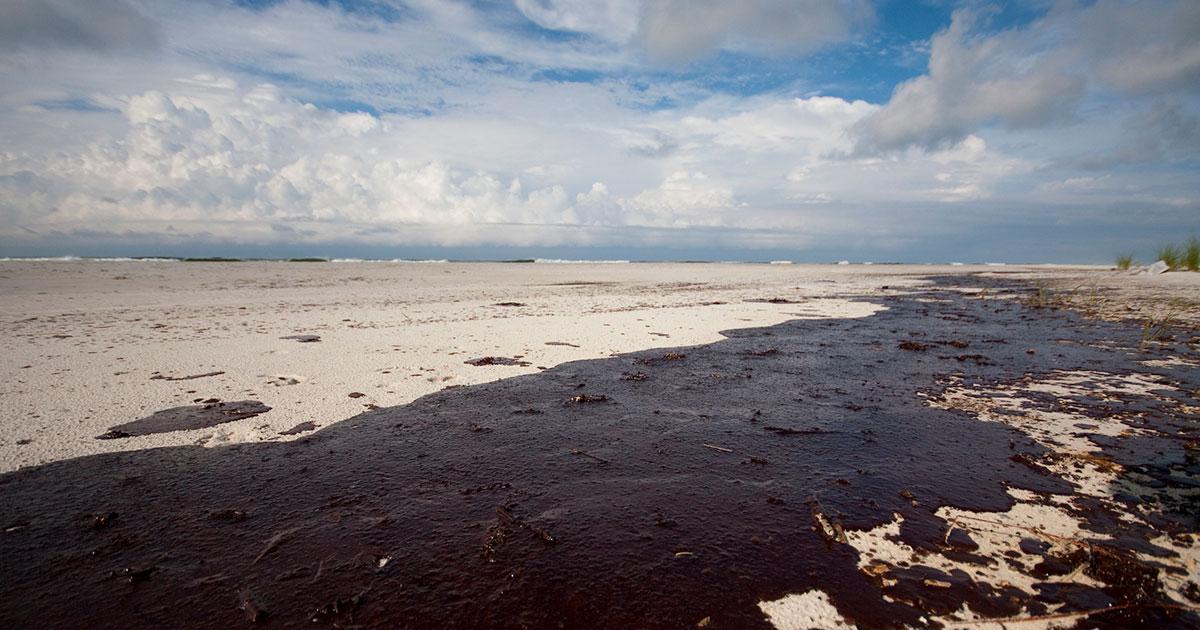Seven major coastal restoration projects in Louisiana totaling more than half a billion dollars have been completed and paid for with settlement money resulting from the 2010 Deepwater Horizon oil spill. Projects working their way toward construction this year or in years to come will use another $4.4 billion in settlement dollars.
Coastal Protection and Restoration Authority Deputy Executive Director Greg Grandy reported to the CPRA Board that projects completed to date are a harbinger of much more to come.
“Even though this is just a start, what we’ve done so far without any Louisiana taxpayers’ dollars is impressive, and there is much more to come,” said Grandy. “But let’s never forget why we’re getting this funding and why we need it. The loss of life suffered on that rig, and the oil that flowed into the Gulf for months was devastating to our people, our environment, our economy, our fisheries and wildlife. There is much to remedy, and we are working hard to do just that.”
Grandy explained the funding streams the state has received and will continue to receive through 2032 as a result of monetary settlements related to the oil spill. The total amounts include $930 million in civil penalties assessed, $1.27 billion in criminal penalties, and more than $5 billion through the Natural Resource Damage Act (NRDA).
“Four of the seven completed projects used NRDA money for marsh creation at Lake Hermitage, and for barrier island and headland restoration projects on Shell Island West, Chenier Ronquille, and the Caillou Lake Headlands project commonly called Whiskey Island,” said Grandy. “Queen Bess Island is out for bid, and Breton Island soon will be. Both are important bird habitats. NRDA money also funded planning for the Mid-Barataria Sediment Diversion.”
He added that three Barataria Basin restoration projects are using Natural Resource Damage funding for planning or engineering and design, as are projects to restore Rabbit Island, as well as Lake Borgne Marsh Creation, Jean Lafitte Shoreline Protection, and Terrebonne Ridge and Marsh Restoration.
The National Fish and Wildlife Foundation (NFWF) is in charge of funding projects using the criminal penalties that were assessed. Already completed is the second increment of the Caminada Headland restoration, and going to bid soon is the Terrebonne Basin Barrier Island and Beach Nourishment project that includes Trinity and Timbalier Islands as well as the West Belle Pass Headland. NFWF funding is paying for engineering and design of the Mid-Barataria and Mid-Breton Sediment Diversions, as well as the project to increase the flow of Atchafalaya Basin water and sediment into the Terrebonne basin.
Projects using RESTORE Act funding are in engineering and design: the Calcasieu Ship Channel Salinity Control Structure, Houma Navigational Canal Lock Hydrologic Restoration, River Reintroduction into Maurepas Swamp, West Grand Terre Island, Biloxi Marsh Living Shoreline, and Golden Triangle Marsh Creation.
“You may note I haven’t mentioned some of the projects we had on our wish list before the settlement,” said Grandy. “Most of those projects are still viable; we just moved them to other funding streams. The oil spill funding has allowed us to leverage those dollars to implement the most effective projects for the coast. I’m talking about E&D for projects like the River Reintroduction Into Maurepas Swamp, Bayou Chene Hydrologic Structure, and the Mississippi River Sediment Delivery System East.”
CPRA Chairman Chip Kline added that other traditional funding streams are still available and being used for coastal projects.
“Over the next 15 years we expect to receive more than $3 billion in offshore revenue shared through the Gulf of Mexico Energy Security Act—GOMESA. We continue to fund projects with state mineral funds dedicated to our efforts, and we have our valued federal CWPPRA partnerships,” said Kline. “Not only are we seeking to increase the amounts available through those sources, we are pursuing new revenue streams and cash flow methods that help us get projects on the ground sooner. We’re also using innovative alternative methods to improve delivery like Outcome Based Performance Contracting and CMAR—Construction Manager At-Risk.”
Kline also noted that his team is working with the Louisiana Trustee Implementation Group (LA TIG) to develop restoration plans with a manageable timeline of projects implemented on a regularly-scheduled basis.
“And let’s not forget what was reported earlier in this meeting: the $60 million the TIG is providing for remediation of recreational opportunities lost during the oil spill,” said Kline. “That’s in addition to the money outlined here.”
Grandy said CPRA also aims for a synergy among projects within its system-wide approach, creating projects that help sustain each other. He pointed to the Maurepas Diversion and the West Shore Lake Pontchartrain projects as an example.
Story by CPRA





